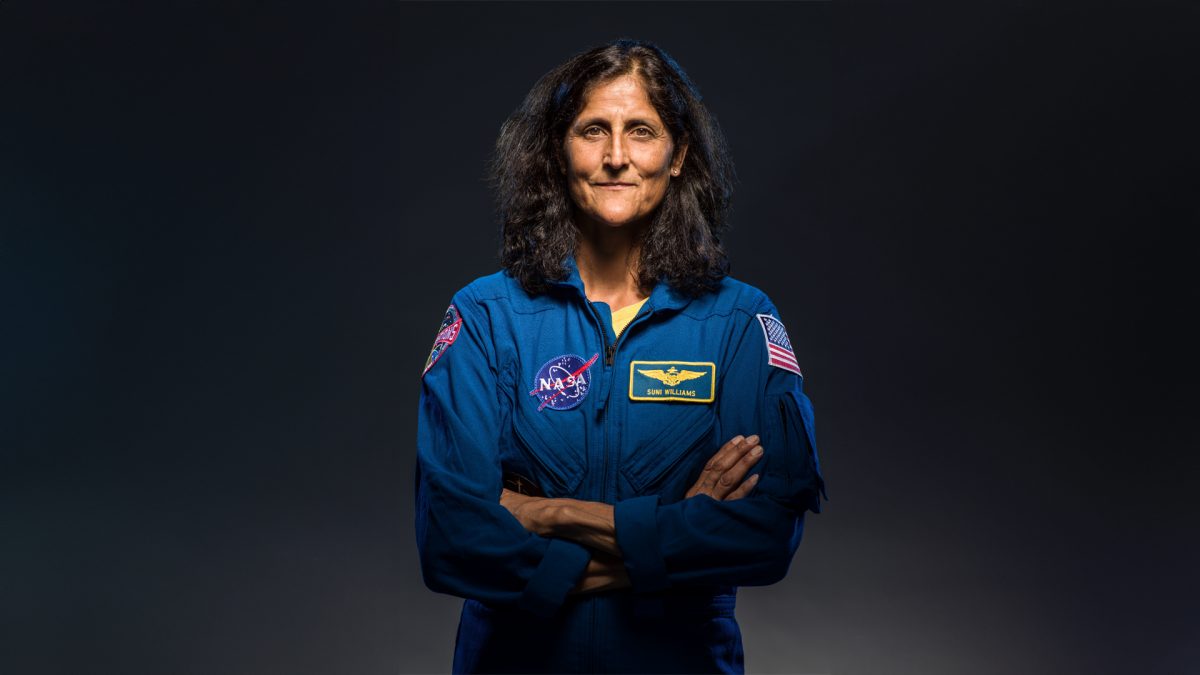Sunita Williams’ run of bad luck continues.
Nasa and SpaceX have delayed the launch of the Crew-9 mission from Cape Canaveral in Florida.
The Crew-9, which was set to be launched today (September 26) powered by the Falcon 9 rocket, has been delayed to Saturday (September 28) because of Storm Helene.
Crew-9 could also be launched on Sunday (September 29) if Saturday launch remains unfeasible.
Williams and Nasa astronaut Butch Willmore, who travelled to space on the Boeing Starliner, have been stuck aboard the International Space Station (ISS) since June.
But what do we know about the Crew-9 mission? And why will its delayed possibly affect William’s rescue plan?
Let’s take a closer look:
What do we know about the mission?
Crew-9 will send US astronaut Nick Hague and Russian cosmonaut Aleksandr Gorbunov to the ISS.
This will be the ninth crew rotation mission with SpaceX under the space agency’s Commercial Crew Program with Nasa.
The Crew-9 was originally slated to be launched in mid-August.
However, the mission was pushed back a month to spend more time analysing issues with Boeing’s Starliner spacecraft, which remains docked at the station.
Hague and Gorbunov will be sent to space aboard the SpaceX’s Dragon spacecraft.
This vehicle was previously used during Nasa’s SpaceX Crew-4, Axiom Mission 2 and Axiom Mission 3, from Launch Complex 40 at Cape Canaveral Space Force Station in Florida.
Impact Shorts
More ShortsHague will command the Crew-9.
This will be his third launch and second trip to the ISS.
Gorbunov will be making his first trip to the ISS.
Hague and Gorbunov will then join the Expedition 72 crew for the next five months.
They will do research, technology demonstrations, and maintenance activities aboard the ISS.
NASA astronauts Don Petitt, Butch Wilmore, Suni Williams, and Roscosmos cosmonauts Alexey Ovchinin and Ivan Vagner are already aboard the station.
Storm Helene delays launch
But Storm Helene has thrown a wrench into the plans.
Although Helene is moving through the Gulf of Mexico and expected to impact the northwest of region of Florida, it is large enough that high winds and heavy rain are expected in the Cape Canaveral region, from where the mission is set to be launched.
The National Hurricane Center says Helene could make landfall as a Category 4 hurricane, with wind speed above 129 kmph.
The storm is expected to hit the Big Bend area of Florida’s northwestern coast sometime Thursday evening after it spent days strengthening in the warm waters of the Gulf of Mexico.
The hurricane was about 735 kilometres southwest of Tampa, Florida, and had sustained winds of 140 kmph, according to the US National Hurricane Center.
Forecasters said it is expected to become a major hurricane with its center making landfall in the Big Bend area of Florida’s northwestern coast as soon as late Thursday.
“It’s a big, big storm,” Florida Governor Ron DeSantis said at a press briefing Wednesday.
DeSantis had issued a state of emergency for 61 of Florida’s 67 counties.
Why will its delay affect Williams’ rescue plan?
Because Williams and Wilmore were supposed to head home with Hague and Gorbunov in February 2025 aboard the Dragon craft.
They will “will climb aboard Dragon and autonomously undock, depart the space station, and re-enter Earth’s atmosphere,” as per the SpaceX website.
After they touchdown in the off Florida’s coast, a SpaceX recovery vessel will retrieve the spacecraft and crew.
There are now concerns that delaying the Crew-9 mission further may cause Nasa to alter its own plans to bring Williams and Wilmore home.
According to The Guardian, Williams and Willmore could not be sent back on the Boeing Starliner as there is “too much uncertainty” regarding its functioning.
The outlet quoted Bill Nelson, Nasa administrator as saying earlier, “Nasa has decided that Butch and Suni will return with [SpaceX’s] Crew-9 next February, and that Starliner will return uncrewed.
“I want you to know that Boeing has worked very hard with Nasa to get the necessary data to make this decision. We want to further understand the root causes and understand the design improvements so that the Boeing Starliner will serve as an important part of our assured crew access to the ISS,” he added.
“Space flight is risky, even at its safest and even at its most routine, and a test flight by nature is neither safe nor routine, and so the decision to keep Butch and Suni aboard the International Space Station and bring the Boeing Starliner home uncrewed is a result of a commitment to safety,” Nelson continued.
With inputs from agencies
)